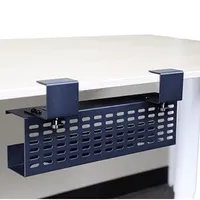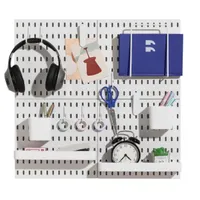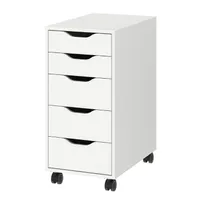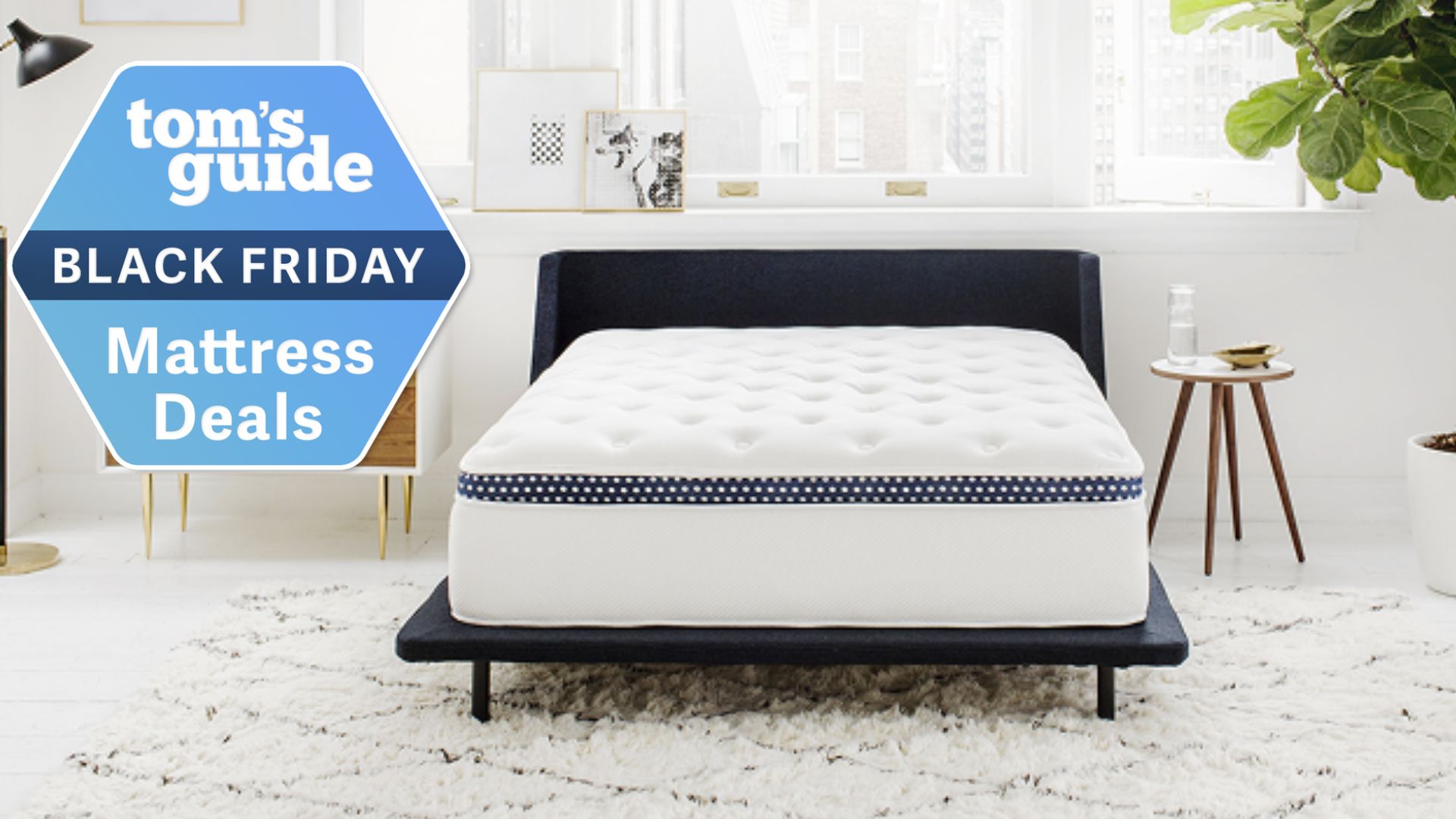5 expert tips on how to declutter your home office — reduce stress and boost your focus

I’m a remote worker and spend a stack of time sitting at my desk working from home each week. It suits me perfectly, but the one problem that drives me crazy is that I can never get away from the clutter.
Unlike walking out of an office at the end of each day and metaphorically closing the door on work, I don’t have that option. So, I was intrigued to discover the impact having a messy home office can have on my mind and the best ways to declutter my home office to make myself more resourceful.
Here, Johanna Constantinou, interior trends expert at Tapi Carpets & Floors, has teamed up with psychologist Dr. Eleanor Bryant, Associate Professor in Health Behaviour Psychology at the University of Bradford, to explore how the state of your desk could be causing you unwanted stress and the best ways to turn it around.
Creating a calm home working environment
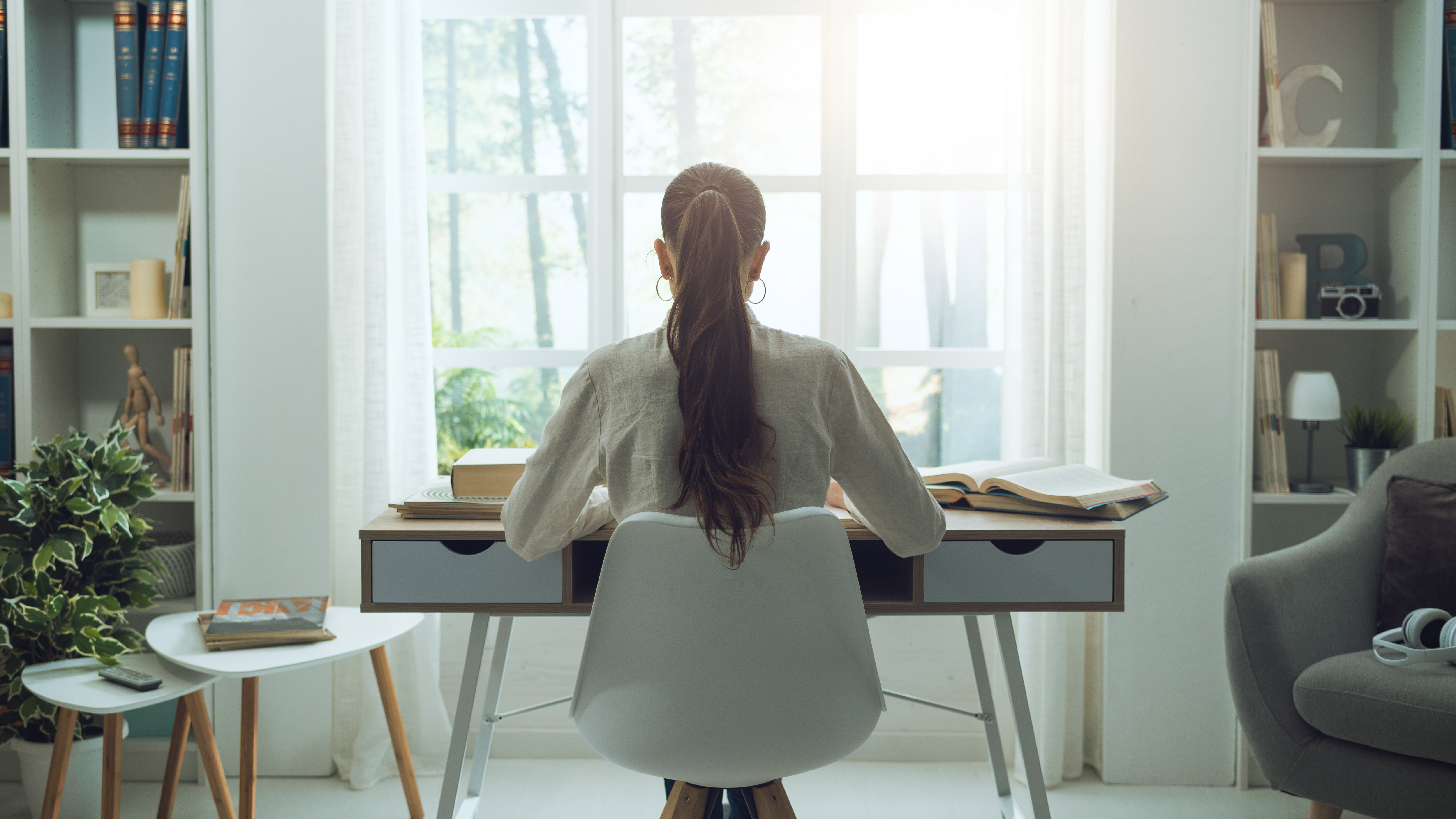
A recent survey by Tapi Carpets & Floors found that 84% of respondents feel relaxed and focused when their surroundings are tidy, yet over a quarter cited a lack of time as their biggest barrier to maintaining a clean workspace.
I can completely get these results, knowing that when you’re ‘go, go, go’ during your working day, the last thing you feel like is tidying up.
“A tidy home office isn’t just about aesthetics,” says Constantinou, “It’s about creating a space that works for you, not against you. When your surroundings are calm and controlled, your mind often follows suit.”
Dr. Eleanor explains, “For those working from home, where the lines between personal and professional life can become blurred, this load can feel even heavier. A well-organized space, on the other hand, provides a visual cue for calm and control, helping the brain to feel more settled and productive.”
Get instant access to breaking news, the hottest reviews, great deals and helpful tips.
Clutter creates visual noise
“There’s a strong psychological link between clutter and stress,” says Dr Bryant. “It creates mental ‘noise’ that competes for your attention, reducing your cognitive capacity.”
It’s well known that visual clutter can directly increase cortisol levels, affecting mood regulation and contributing to burnout.
“Clutter is exhausting,” says Constantinou, “That’s why design strategies like hidden storage, soft lighting, and zoning are essential, they visually calm the environment and create cognitive clarity.”
5 top tips to declutter your office
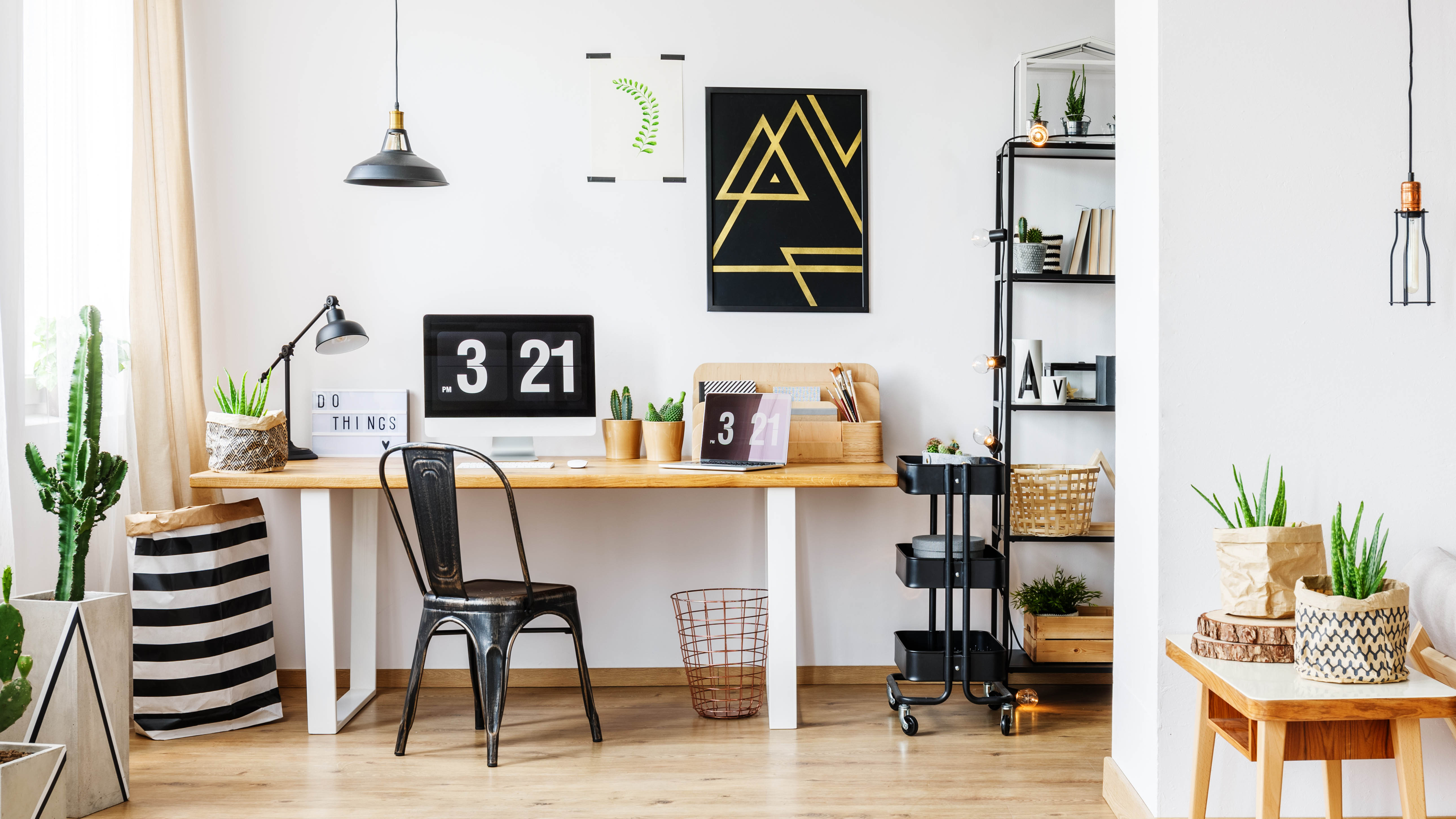
1. Start small
You don’t need a full office overhaul to experience psychological benefits. Simple, achievable changes to your physical space can shift your mindset, improve focus, and reduce fatigue.
I always find that starting small reduces the overwhelm and helps get the process started, as not all the clutter needs to be cleared in one go.
Dr. Bryant says, “Pick one small zone, just your desktop, a drawer, or cable area, and set a timer for 10 minutes,” suggests Dr. Bryant. “The hardest part is starting. Once momentum builds, you’ll often feel a sense of relief and success that drives further action.”
This reminds me of the Pomodoro technique, a time management strategy based on working in 25-minute intervals and then taking a 5-10-minute break. It was devised by Francesco Cirillo to help you become more focused and productive while working. Now I’m thinking of trying the Pomodoro technique and using those 10 minutes to tidy my desk!
“Even micro-changes like introducing a plant, managing cables, or elevating your monitor can lower stress and sharpen focus,” says Dr. Bryant. “These visual and physical cues reinforce calm and control.”
This under desk cable management tray will keep your computer cables tidy, and your power strips and adapter hidden out of sight. It's attached by silicone padded clamps, making fixing and removal simple without leaving marks. It measures 4.5(H) x 16 (W) x 3 (D) inches.
2. Keep the essentials near
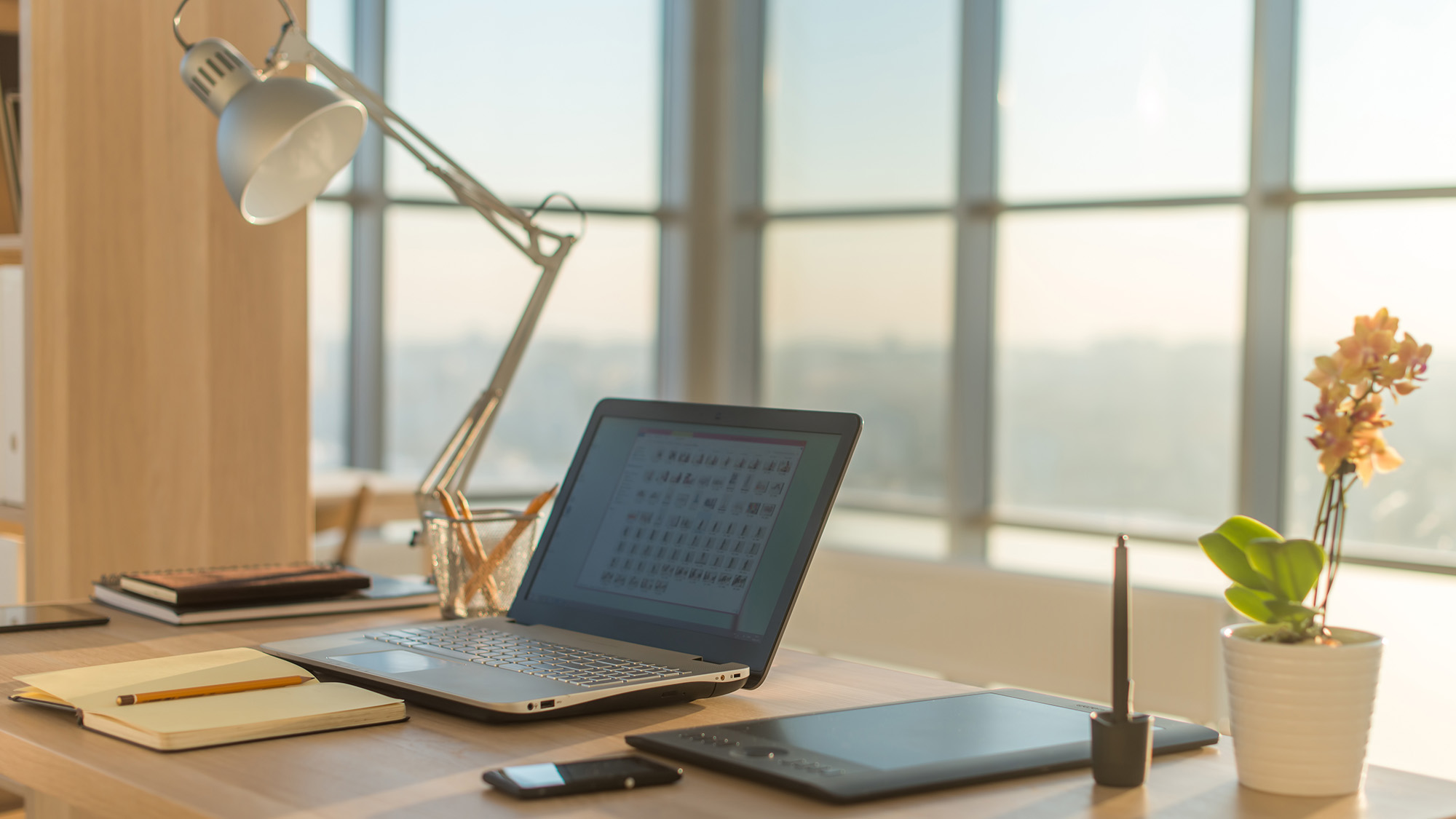
A workspace crowded with too many items can overwhelm the brain, especially when you are stuck at your desk for most of the working day without taking regular breaks.
“A cluttered desk constantly signals unfinished tasks, which can elevate stress levels without you even realizing,” says Dr. Bryant. “Your brain thrives in environments with fewer distractions.”
To help organize the clutter, Dr. Bryant suggests setting designated zones for essentials, such as your laptop, and basic stationery, such as one notebook and one pen. Everything else she advises can be tucked away.
And ensure you clear out the items that don't belong in your home office, such as unused cardboard boxes and gaming devices.
Constantinou agrees that minimizing what’s visible helps create breathing space, and she suggests, “Use drawer dividers, cable tidies, or desktop risers to keep your workspace clean but functional.”
While she also adds, “Don’t forget your floor, clutter at ground level contributes just as much to mental noise. A soft, clean carpet underfoot can subtly reinforce a calm, grounded feeling.”
Keep your clutter off your desk with this Keepo Pegboard. Measuring 22 x 22 inches, this white pegboard comes complete with adjustable accessories, including 2 shelves, 2 containers, 7 hooks, a letter holder and 2 clips. It's makes for a tidy home office and flexible storage.
3. Use storage to reduce visual noise
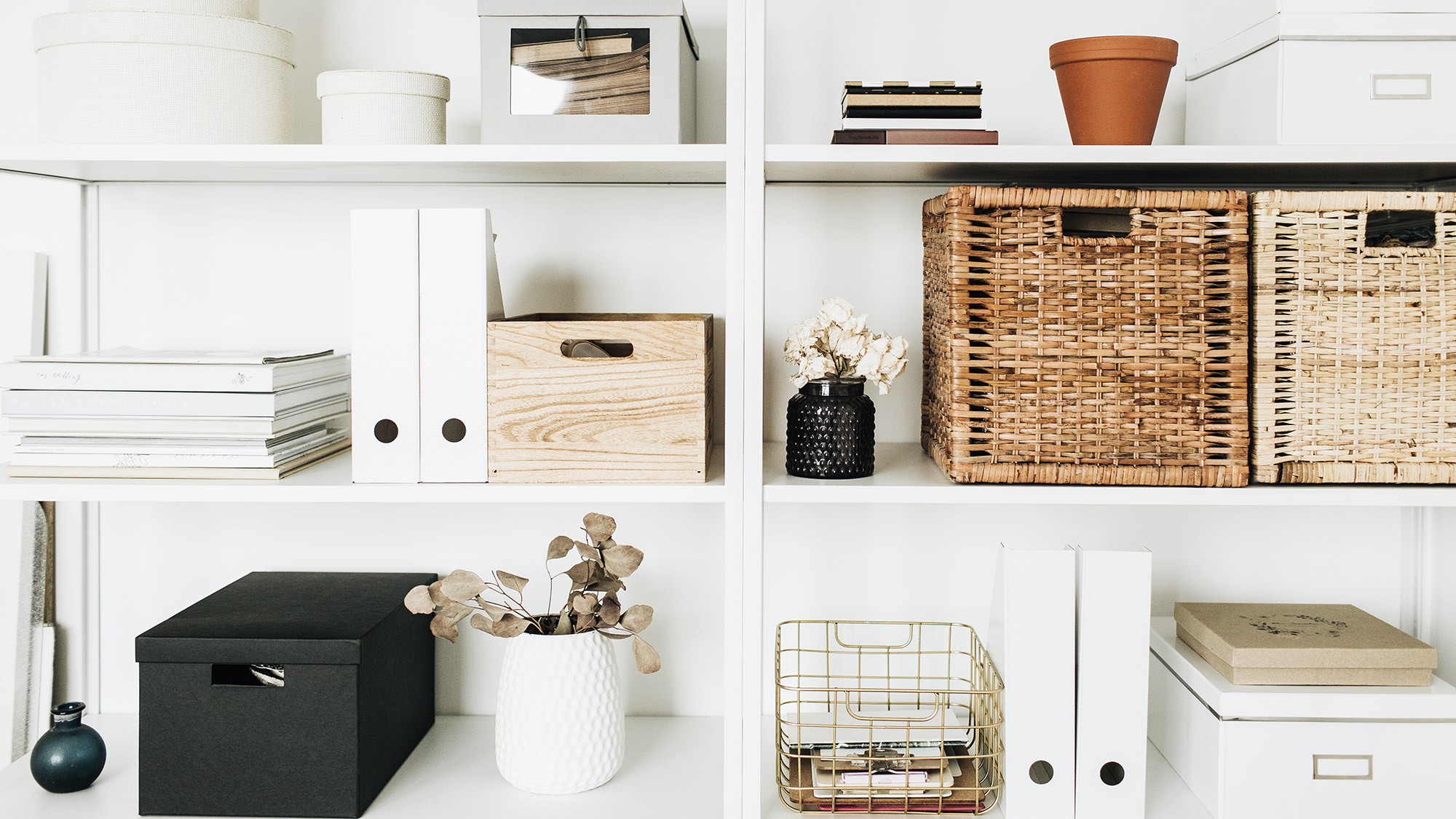
Investing in smart storage can be a game-changer when trying to eliminate noise and reduce the time spent maintaining a tidy home office.
Use closed storage, like boxes, drawers, or baskets, to tuck items out of sight. “Reducing visual clutter helps lower cognitive strain,” says Dr. Bryant. “It’s not about minimalism, it’s about clarity. When your brain isn’t constantly scanning random objects, it frees up bandwidth for focus and creativity.”
It’s not about minimalism, it’s about clarity
Constantinou recommends, “Opt for stylish storage that fits your aesthetic. Matching containers or shelving create a cleaner, more cohesive look and when your space feels ‘designed’, you’re more likely to keep it that way.”
You don't need to splash out on expensive home office storage solutions, there are cheap ways to organize your desk and elevate your workspace.
Right now this IKEA Alex drawer unit is sitting to my right. I use it to store all my office clutter that I don't need on my desk. What's more, it's easy to move about as it sits on four casters. It features six pull-out drawers and measures 14 1/8 (W) x 22 7/8 (D) x 29 7/8 (H) inches.
4. Personalize your space

Decor can quickly become just another distraction if it lacks intention. And it’s here that thoughtful design can help to create a tidy space. You don’t need to resort to a minimal design by stripping it bare to make a tidy home office.
The key is to limit yourself to one or two meaningful objects, like a framed photo, a motivational quote, or a calming piece of artwork. “These items create emotional comfort without contributing to a mess,” says Dr. Bryant. “It gives your workspace identity while keeping visual simplicity.”
Your workspace should also be a zone that inspires you. Constantinou says, “A few carefully chosen touches make your desk feel personal, while still supporting mental clarity. Think of it as curating your focus zone.”
She also suggests bringing color and texture into your workspace, as it can have a powerful impact on mood and productivity. “Soothing tones like soft blues, muted greens, and warm neutrals help create a sense of calm, reducing stress and supporting mental clarity throughout the day. Complementing these colors with natural textures, such as wood, linen, and stone, adds depth, making the environment feel more inviting,” she adds.
5. Make decluttering a habit

Clutter has a naughty habit of creeping in gradually. We tend not to notice it until it gets out of hand. However, without a routine, your desk can revert to chaos with too much tech and miscellaneous clutter getting in the way of a healthy work environment.
Dr. Bryant suggests, “Make a 5-minute end-of-day tidy part of your shutdown ritual. This small habit becomes a mental reset.”
To me, it’s the equivalent of what I mentioned at the start about closing the door when you leave behind the office for the night. “It tells your brain: work is done, you can relax now. That’s especially important for many working from home, where boundaries are already blurred,” says Dr. Bryant.
Constantinou suggests pairing this with ambient cues: “Opt to turn off a desk lamp at the end of the day to signal downtime. Design rituals like this reinforce structure and help maintain a workspace that supports your headspace.”
Your workspace isn’t just functional, it’s emotional
“Your workspace isn’t just functional, it’s emotional,” says Dr. Bryant, and she adds, “It isn’t indulgent, it’s a strategic way to support your brain and your mood.”
“Small changes can have a big impact,” concludes Constantinou. “From the floor beneath you to the items in front of you, every element of your space can work with you, or against you.”
Unassuming at a glance, this budget-friendly desk lamp wowed us during tests with its sturdy build, flexible adjusting arm, and unobtrusive matte finish that blends perfectly into your office environment.
More from Tom's Guide
- The best office chairs
- These are the best home office tech and supplies
- Shopping for a new office chair? Here's what to look for

Camilla is the Homes Staff Writer and covers everything to do with homes and gardens. She has a wealth of editorial experience, mounting over 30 years, and covers news and features, tests products for reviews and compiles buying guides.
Her work has appeared in business and consumer titles, including Ideal Home, Real Homes, House Beautiful, Homebuilding & Renovation, and Kitchen & Bathroom Business. She’s even appeared on the cover of Your Home, writing about her own house renovation.
Although she’s obsessed with decorating her home, she also enjoys baking and trying out the latest kitchen appliances. But when she’s not inside, you’ll find her pottering about in her yard, tending to her vegetable patch or taking in her prized hydrangeas.
You must confirm your public display name before commenting
Please logout and then login again, you will then be prompted to enter your display name.
